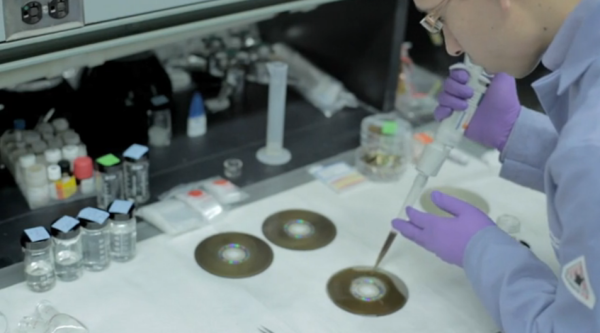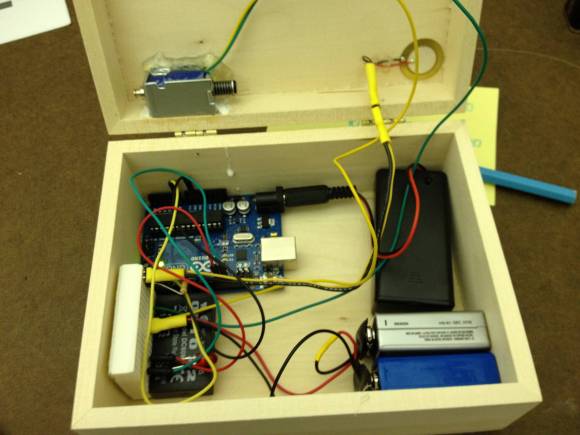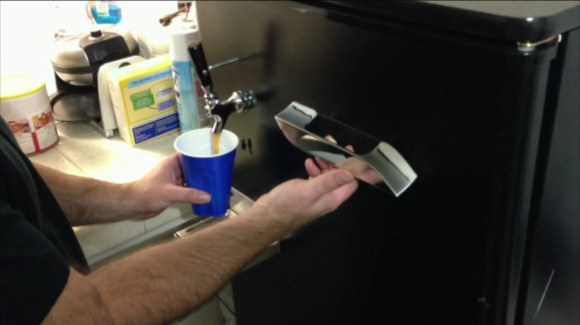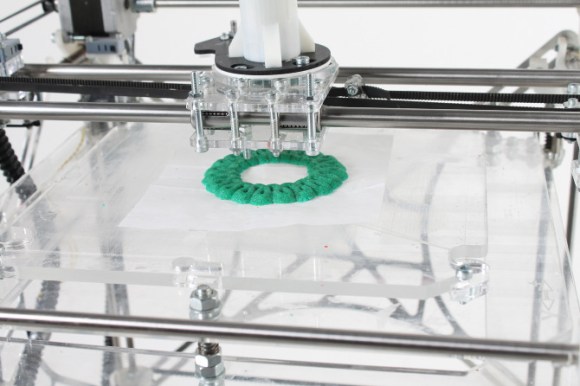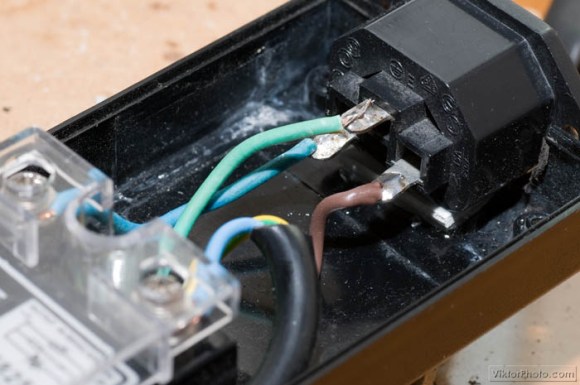A group of researchers have figured out how to produce graphene using a DVD drive. This discovery helps clear the path for mass production of the substance, which was discovered in the late 1980’s. More recently, the 2010 Nobel Prize for Physics was awarded to a team that produced two-dimensional graphene; a substance one just atom thick. One method of doing so used Scotch tape and is mentioned in the video after the break as a technique that works but is not feasible for large-scale production.
The process seen here starts with graphite oxide because it can be suspended in water. This allows a lab technician to evenly distribute the substance on a plastic surface. Note the use of optical discs. The second part of the process involves hitting the dried layer of graphite oxide with a laser. It just so happens that this can be done with a consumer DVD drive. The result is graphene that can be used in circuits and may have potential as a fantastic super-capacitor.

